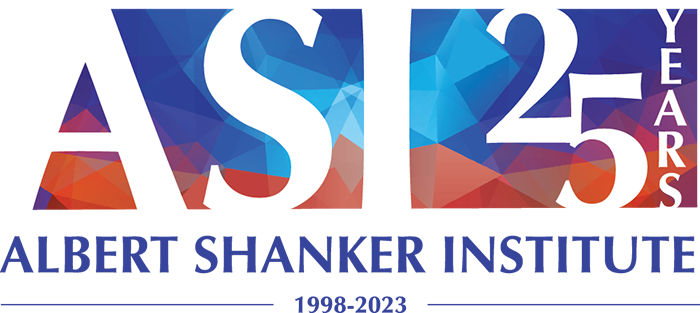Decades of Dedication to the Science of Reading
MARY CATHRYN
As director of the Albert Shanker Institute, the think tank endowed by the American Federation of Teachers, I had the privilege of leading the development and release of the ASI’s new report released in late July, Reading Reform Across America. It’s a survey of reading legislation adopted over the course of four years by states across the country, with good and bad news. The report was met with immediate interest, and attention.
To the good, states are finally noting that the research underlying strong reading instruction is not typically matched by the curriculum and instruction in most schools, and they are taking legislative action. Also, despite fears that much of the legislation might only call narrowly for phonics, most states called for the full range of instruction noted as essential in the renowned 2000 National Reading Panel report.
On the downside, the legislation is generally too narrow. In almost every state, there is scant attention to the importance of background knowledge, oral language, and even writing, now understood to be vital to strong reading comprehension and overall literacy.
